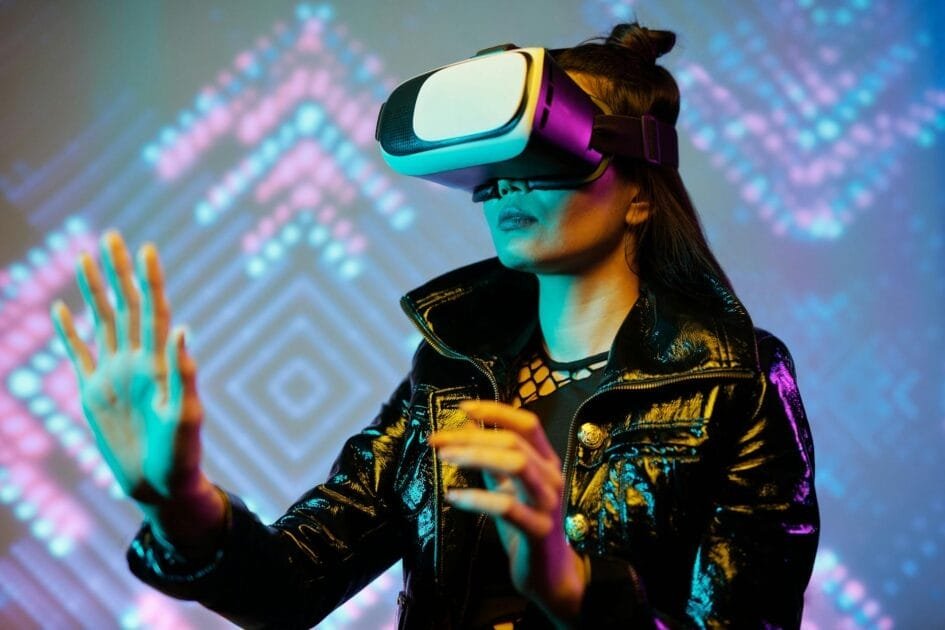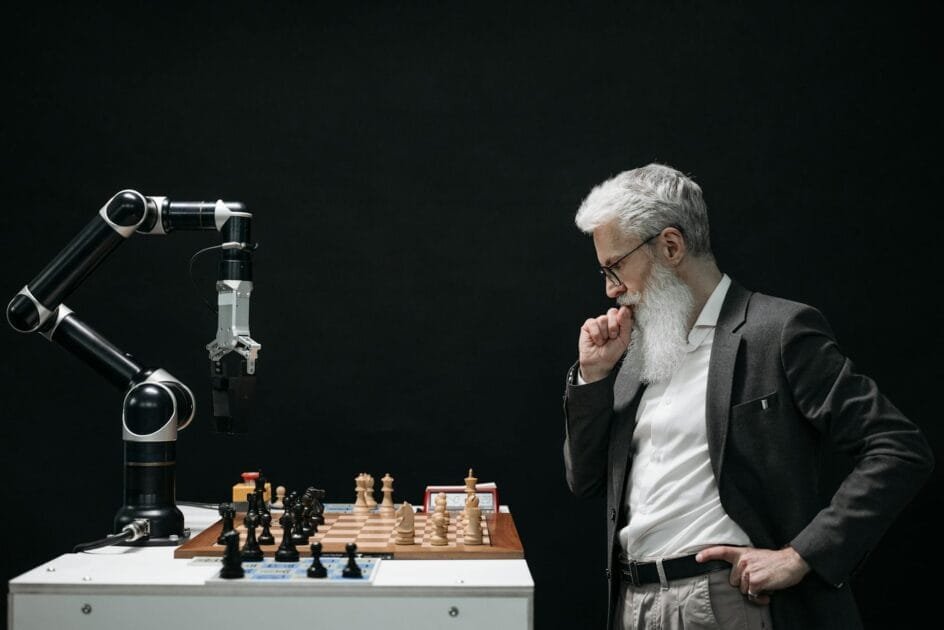Today’s era is defined by technology, and this technological wave has now made its deep entry into sports as well. From cricket and football to hockey and the Olympic Games, artificial intelligence (AI) is reshaping how sports are played, coached, refereed, and watched. The big question now being asked is — Will AI drive the next revolution in sports?
This article takes an in-depth and factual look at how AI is making sports more precise, fair, safe, and immersive, backed by examples and statistics.
Analyzing Athlete Performances
AI technology is making it possible for teams and coaches to analyze performance data down to the smallest details.
Example: At the 2019 ICC Cricket World Cup, England used AI and data analytics extensively. The team leveraged AI tools developed by analytics firms (such as SAP) to assess the strengths and weaknesses of opposing teams and players, a critical factor in their victorious campaign.
Example: In football, top clubs like Liverpool and Manchester City use AI platforms such as StatsBomb and Hudl for assessing metrics like passing accuracy, sprint distances, and shot conversion rates. These tools have improved match preparation and player performance.
Benefits:
- Enables precise performance assessments.
- Supports personalized training regimens.
- Provides actionable insights for team selection and tactics.
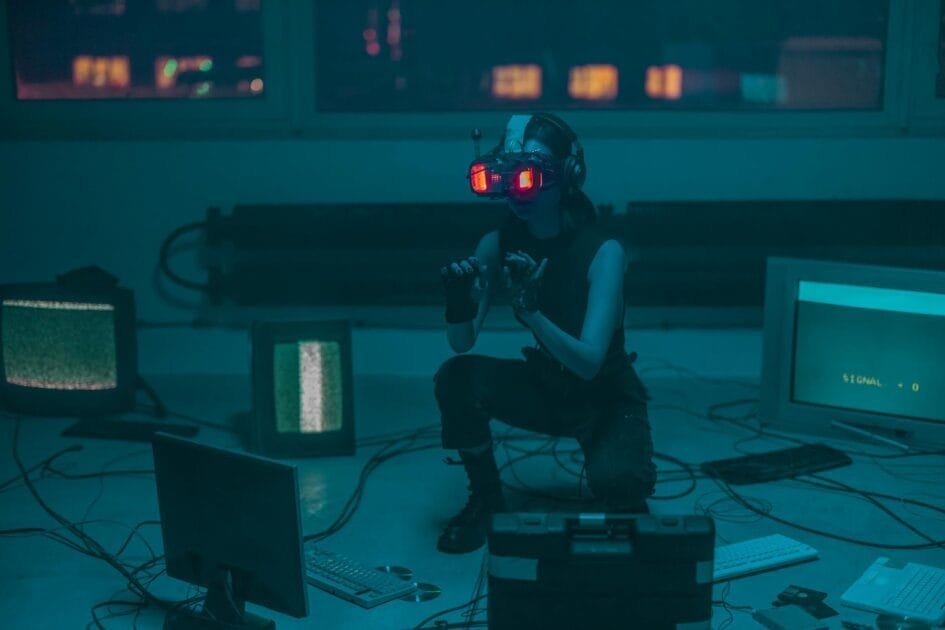
Reducing Injuries Through AI
Injury prevention has become a vital area where AI is making a significant impact.
Example: In the NBA, teams utilize AI-driven platforms such as Catapult and P3, which measure a player’s workload, running patterns, and fatigue levels. According to studies, this has led to a 30–40% reduction in injury rates across some franchises.
Example: In the Indian Premier League (IPL), AI analytics have been used by teams like Mumbai Indians and Chennai Super Kings. These platforms track metrics such as heart rate variability, hydration, and recovery patterns, allowing trainers to optimize player performance and reduce injuries.
Benefits:
- Enables longer careers for athletes.
- Reduces medical costs and downtime caused by injuries.
- Enables data-backed recovery and conditioning protocols.
Game Strategy and AI-Coached Training
AI is making coaching highly personalized and strategic.
Example: In Euro 2020, the England team used AI-driven platforms such as Stats Perform and Prozone to study opponents’ patterns and tendencies. This gave England a strategic edge in their run to the final.
Example: Legendary cricket coach Ricky Ponting uses AI-driven analytics for the Delhi Capitals franchise in the IPL. AI platforms like SportsMechanics enable precise tactical planning for bowlers and batsmen, making training sessions highly targeted.
Benefits:
- Enables personalized training and precision strategies.
- Provides actionable inputs for match planning and execution.
Enhancing Refereeing and Umpiring
AI is revolutionizing sports officiating by making decisions more accurate and unbiased.
Example (Football): The Video Assistant Referee (VAR) used AI-driven camera systems for offside, goal-line, and foul decisions in the 2018 FIFA World Cup, cutting error rates by roughly 40%.
Example (Cricket): The Decision Review System (DRS) combined with HawkEye’s AI-enabled ball-tracking has minimized controversial LBW and run-out decisions, making the game more transparent.
Benefits:
- Enables more accurate and fair decisions.
- Builds trust between referees, players, and viewers.
AI in Individual Sports
In sports like tennis, golf, and badminton, AI has become a personal coach for athletes.
Example (Tennis): Novak Djokovic and Rafael Nadal utilize AI-based analytics platforms like HawkEye to fine-tune their serve angles, ball placement, and rally strategies.
Example (Golf): Smart sensors embedded in clubs, powered by AI platforms like Arccos Golf, track swing angles, speed, and ball trajectory, allowing golfers to adjust technique quickly.
Example (Badminton): AI analytics measure footwork, smash angles, and stamina in elite tournaments like the All England Badminton Championship, providing actionable feedback for quick improvements.
Benefits:
- Enables precision and immediate feedback.
- Helps athletes adapt technique and improve performance.
- Provides tailored training for each individual.
AI and the Viewing Experience
AI is making sports more immersive and interactive for fans and viewers.
Example: The 2019 Cricket World Cup introduced AI analytics for viewers, providing live metrics like run rate, ball trajectory, and player stats in real-time.
Example: In football, AI platforms now track sprints, ball possession, passing accuracy, and goal conversion statistics — making commentary and viewing highly insightful.
Example: The NBA and Premier League use VR technology combined with AI analytics, allowing viewers to experience matches in a 360° immersive view, making them feel as if they’re sitting courtside or pitchside.
Benefits:
- Enables personalized alerts and stats for viewers.
- Provides deeper insights and engagement.
- Brings stadium-like experience to home screens.
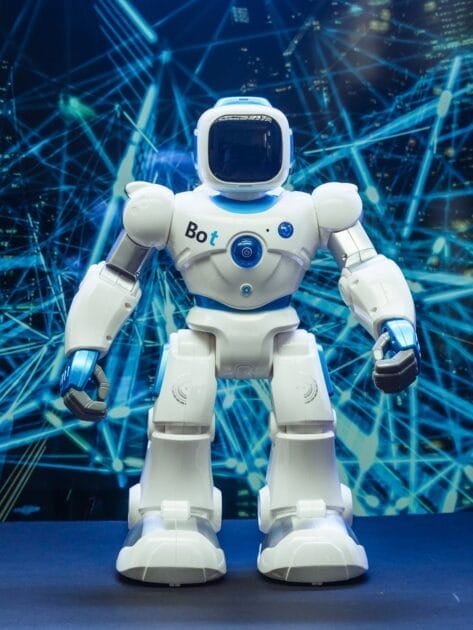
The Road Ahead: Will AI Replace Human Coaches and Athletes?
While AI is undoubtedly reshaping sports, it will never replace the role of a human coach or athlete. AI can analyze data, find patterns, and suggest improvements — but it cannot replicate the human emotional intelligence, instinct, teamwork, and passion that define sports.
What AI Can Do:
- Analyze and break down performance metrics.
- Tailor personalized training regimens.
- Minimize injuries through predictive analytics.
- Assist referees and umpires in making precise decisions.
What AI Cannot Do:
- Replace human emotion and instinct.
- Build trust, camaraderie, and motivation within teams.
- Make split-second, context-rich decisions under pressure.
- Experience the thrill and heartbreak of victory and defeat.
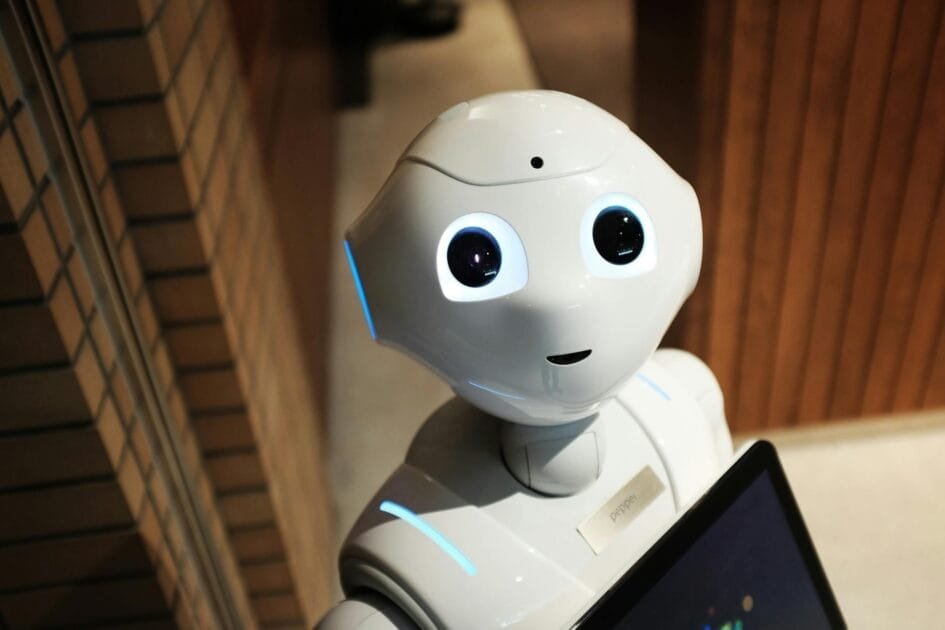
Frequently Asked Questions (FAQs)
Q1. Will AI completely replace human referees and umpires?
No. AI will continue to aid human referees and umpires by providing precise, data-driven recommendations, making the sport fairer and more accurate. Final decisions will still rest with human officials.
Q2. Will AI replace human coaches?
AI will not replace coaches but will serve as a valuable assistant. It can help analyze performance, design training regimens, and minimize injuries, making the coach’s role more effective and impactful.
Q3. Will AI reduce injuries in sports?
Yes. AI analytics track metrics like heart rate, recovery times, and load patterns, allowing trainers and medical staff to anticipate and mitigate injury risks.
Q4. Will AI change the way sports are watched?
Absolutely. AI combined with VR and AR is making sports more immersive, allowing fans to experience matches like never before — with personalized statistics, interactive replays, and a stadium-like experience from anywhere.
Q5. Will AI make sports more fair?
Yes. AI and related technologies like DRS, HawkEye, and VAR have already reduced human error and brought greater transparency and fairness to sports.
Final Thoughts
Artificial Intelligence is a revolutionary force in sports, acting as an assistant, analyst, and guide. It is making athletes sharper, coaching more precise, officiating fairer, and viewer experiences more immersive. However, AI can never replace the passion, instinct, and human emotion that define sports.
The future lies in a seamless collaboration between AI and human expertise — a blend that will make sports smarter, fairer, and more captivating than ever before.

